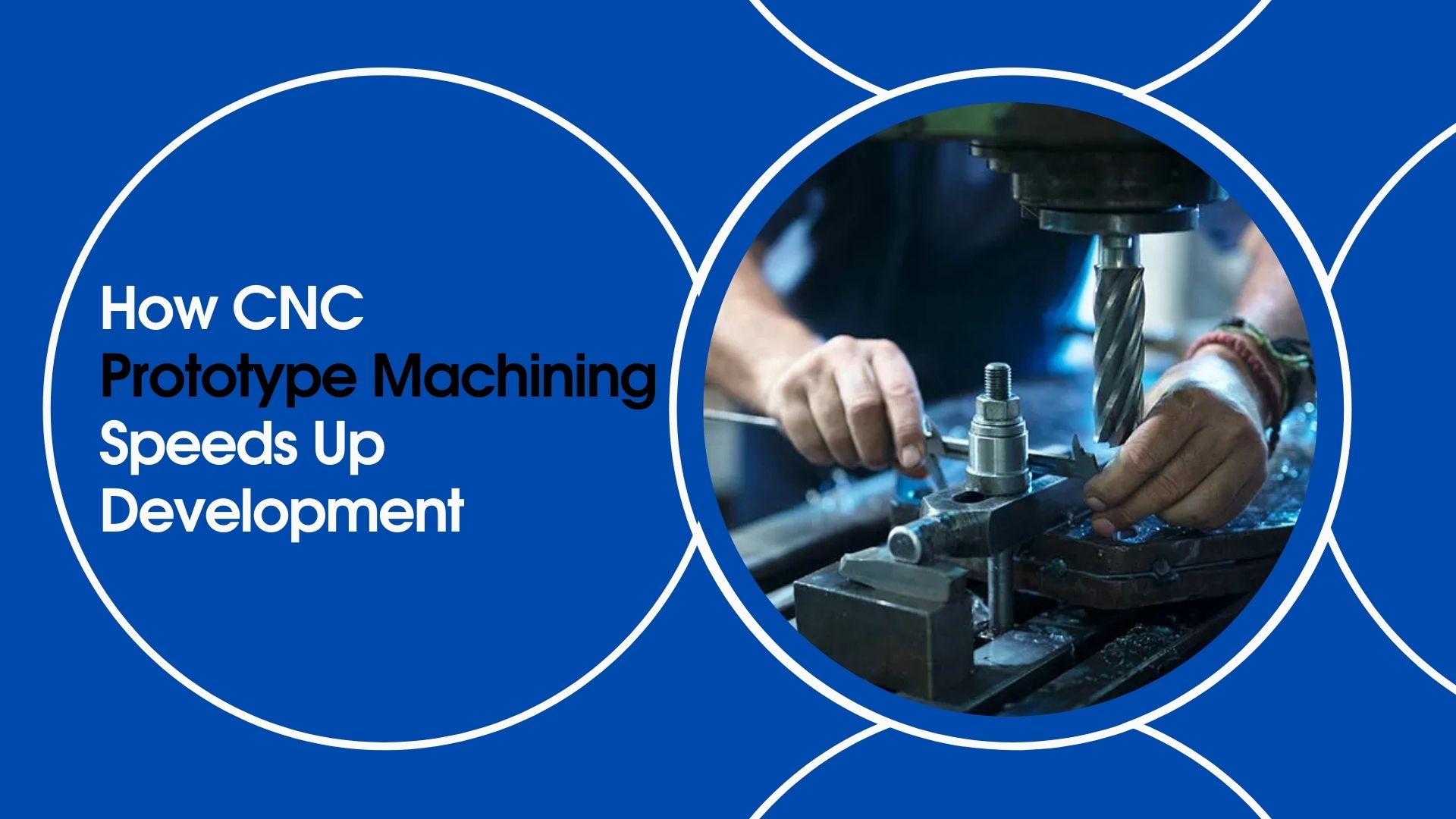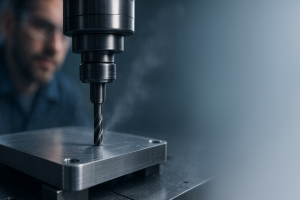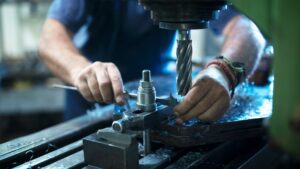No Responses
May 6, 2025
CNC prototype machining transforms design concepts into physical samples with remarkable speed and accuracy. By using computer-controlled cutting tools, this manufacturing approach can deliver small runs of prototypes far quicker than traditional methods. Whether you need a simple appearance model or a robust functional sample, CNC prototype machining offers visual fidelity and mechanical reliability.
This blog post explains where prototype machining fits across key industries, its principal advantages, and the challenges to consider before choosing it for your next project.
1. Applications of CNC Prototype Machining
Automotive Sector
Automotive engineers test new suspension mounts, dashboard brackets and engine components in prototype form to confirm fit and durability. With precise toolpaths, CNC prototype machining ensures each part duplicates the intended geometry to the last radius and hole placement. This precision machining approach helps teams conduct crash simulations and assembly trials without waiting weeks for injection mould tooling to arrive.
Aerospace Sector
Even tiny deviations in an aircraft part can affect aerodynamic efficiency or safety. Using CNC prototype machining, designers can generate air foil sections, bushing samples or fuel manifold prototypes that match CAD data within tight tolerances.
CNC machining processes can also work with aerospace-grade alloys, so test pieces behave like the finished hardware under stress tests and environmental cycling.
Defence and Military Sector
Complex weapon systems and support equipment demand prototypes that perform flawlessly in harsh environments. CNC prototype machining enables the fabrication of communication housings, ammunition feed components and vehicle mounting brackets with exacting standards. Rapid repetitions let defence contractors improve designs through multiple test phases before promising to full-scale production.
Medical Sector
Healthcare product developers rely on prototype machining to validate device form and function before patient use. Every piece, from orthotic parts to MRI housings, must fulfil rigorous safety and performance benchmarks. CNC prototype machining can produce biocompatible metal or polymer samples that mimic the final device's structural integrity so engineers can verify fit, strength, and tolerance under real-world conditions.
2. Advantages of CNC Prototype Machining
Exceptional Tolerance Control
Tight tolerances are non-negotiable for structural testing or assembly checks. CNC prototype machining routinely holds features within the CAD model's microns, letting engineers confidently assess mechanical clearances and load paths. By contrast, additive methods sometimes introduce layer-related inaccuracies that complicate functional evaluation.
Prototype to Full-Scale Manufacturing
Transitioning to larger volumes becomes seamless when prototype parts are cut on the same machinery intended for final runs. Production programmers can reuse toolpaths and work offsets, reducing the chance of errors during scale-up. This consistency between prototyping and manufacturing accelerates time-to-market and streamlines quality auditing.
Material and Surface Consistency
Precision CNC machining centres work on a variety of metals and engineering plastics to ensure prototypes incorporate the intended end‑use materials. That means designers can test corrosion resistance, hardness and thermal behaviour using samples that will behave identically in service. Surface finishes, from fine polishing to textured mill marks, also reproduce the final look and feel.
Economical for Limited Runs
Setting up CNC machining operations requires only digital files and material stock. Once a CAD blueprint is finalised, prototype parts can be machined within days rather than waiting months for injection moulds. That makes CNC prototype machining more cost-effective when only a handful of samples are needed to validate a concept.
3. Considerations Before Choosing CNC Prototype Machining
Material Waste and Environmental Impact
Subtractive processes chip away surplus material into discrete fragments, creating scrap that operators must collect and recycle. That contrasts with deposition technologies, which build parts with minimal waste. Many machine shops recycle metal chips, but material utilisation rates remain lower than additive approaches, so it pays to factor recyclable value back into overall costs.
Higher Upfront Costs Than Additive Methods
Powerful mills, spindles and tool changers drive operational expenses, while engineering-grade billets carry a premium. Start-ups or hobbyists may find 3D printing more budget-friendly for simple appearance models. Yet, for functional testing, the superior strength and precision of CNC prototype machining often justify the extra cost.
Wrapping Up
CNC prototype machining ranks among the top methods for producing prototypes, thanks to its rapid processing and short cycle times, and it produces parts that more closely resemble the final product than those made with 3D printing.
If your project demands prototypes that mirror final product performance, contact MK CNC Engineering to see how CNC prototype machining can align with your development timeline.



